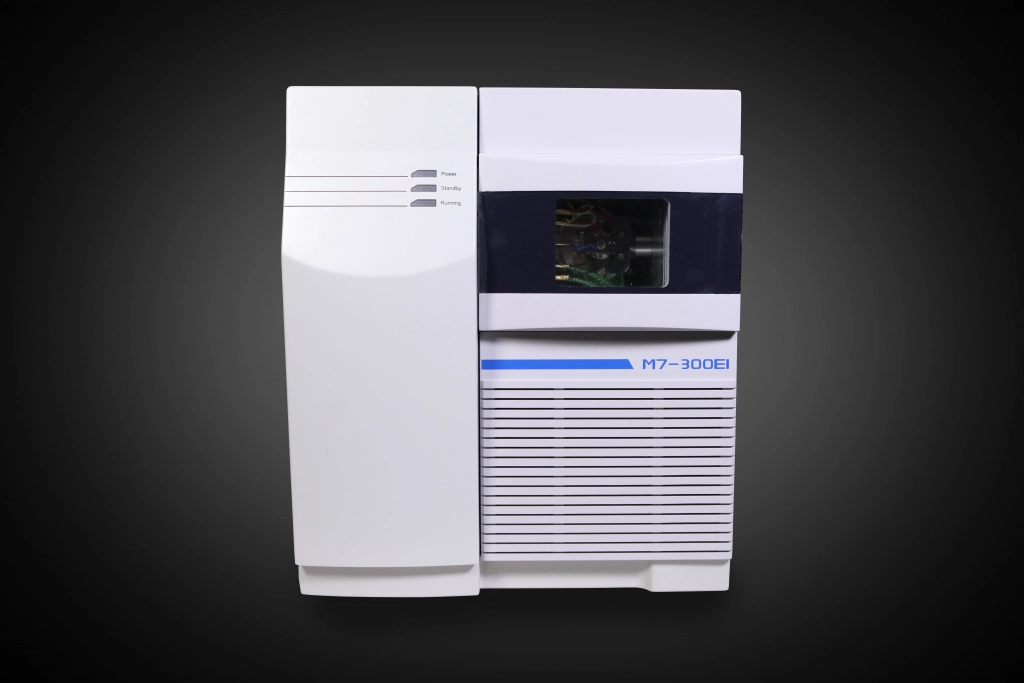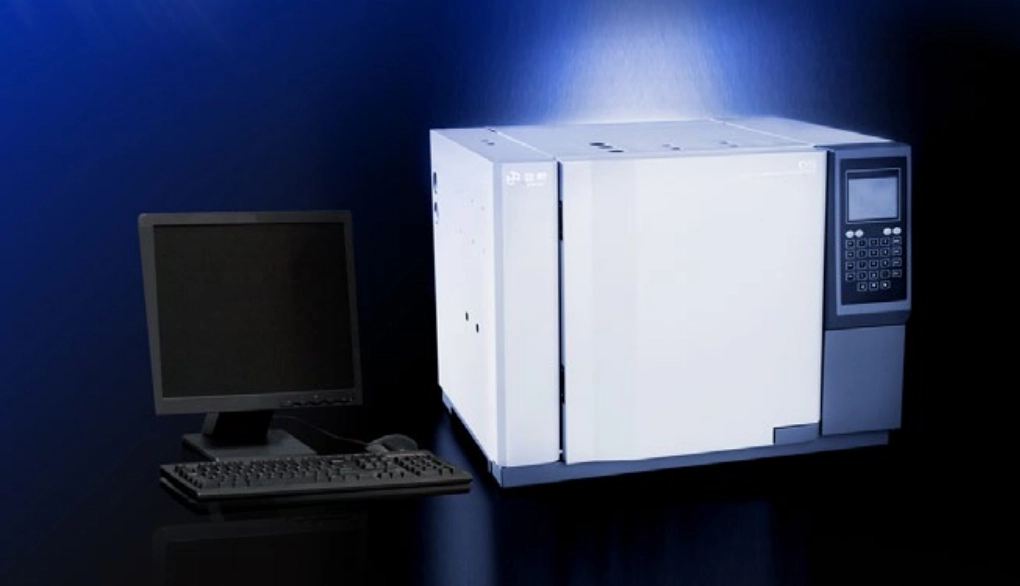
A Gas Chromatography-Mass Spectrometry (GC-MS) system is a powerful tool in analytical chemistry. Its performance, however, depends on the health of its key parts. One of the most important, yet often forgotten, parts is the ion source filament. The filament is the true heart of the mass spectrometer. It is responsible for sending out the steady, high-energy electron beam needed for Electron Ionization (EI). The consistency of this beam directly affects the quality of the mass spectra. This influences everything from library matches to the accuracy of measurements.
An unexpected filament failure can be devastating for a lab’s work. It causes expensive instrument downtime, the loss of precious samples, and long hours of frustrating work to fix the problem. Filaments are consumable items and have a limited life. Still, their early failure is often something that can be stopped. This guide looks into the main causes of filament burnout. It also presents a solid plan for prevention and introduces dependable instruments made to protect these vital parts.
The Main Culprits: Common Causes of Premature Filament Failure
Knowing why filaments fail is the first step to stopping it. The fine tungsten-rhenium wire of the filament works in extreme conditions. These include very high temperatures and a high vacuum. Any change from this perfect environment can cause fast degradation and breakage. The reasons for this can almost always be found in three main areas: air leaks, system contamination, or incorrect instrument use.
Air Leaks
Oxygen is the number one enemy of a hot filament. A filament can run for thousands of hours at high temperatures inside a proper high-vacuum space. But what happens if that vacuum is broken? A leak allows ambient air to get inside the chamber. This air contains oxygen. At its high operating temperature, the tungsten filament wire reacts instantly with this oxygen and quickly oxidizes. This action makes the wire very brittle and leads to a fast mechanical failure.
Common Leak Sources
Small leaks can start from several places in the system where seals are present. The most frequent spots include:
Injection Port: Old septa or worn-out O-rings on the inlet liner.
Column Fittings: Poorly installed or over-tightened ferrules at the injector or the MS transfer line connection.
Vacuum Chamber Seals: Damaged side-plate gaskets or seals, which are often disturbed when the ion source is cleaned.
Contamination
Contamination is a slower, more hidden reason for filament failure. Over time, residues that don’t evaporate can build up on the ion source from many sources. This includes the filament itself. This buildup forms an insulating layer. This layer makes the filament work harder by drawing more current to release the needed electrons. This extra work results in overheating and, in the end, burnout.
Key Sources of Contamination
A clean system is vital for a long filament life. You must be watchful about these sources of contamination:
- Dirty Samples:Injecting samples with a heavy, non-volatile material without proper sample cleanup.
- Column Bleed:Using old or lower-quality GC columns can cause too much stationary phase to bleed out. This leaves siloxane deposits all over the ion source.
- Impure Carrier Gas:Gas cylinders with low purity levels or old in-line gas traps can let in moisture, oxygen, and hydrocarbons. All of these can damage the system.
- Pump Oil Backstreaming:In older systems, a faulty turbomolecular pump can be an issue. Vacuum pump oil can creep back into the analyzer chamber and coat every single surface.
Improper Instrument Operation
Even a perfectly sealed and clean system can have a filament fail because of user mistakes. Following correct operating steps is essential to protect the filament from sudden damage.
Critical Operational Mistakes
The most common mistakes during operation are:
Hot Venting: Venting the MS analyzer while the ion source is still hot is a surefire way to ruin a filament. The sudden rush of air will cause immediate and total oxidation.
Incorrect Startup/Shutdown: Turning on the filament before a steady, deep vacuum is reached exposes it to leftover air. Modern instruments like the PERSEE M7 have software blocks to stop this, but it remains a vital operational idea.
Poor Solvent Delay Setting: If the solvent delay is too short, a huge amount of solvent vapor hits the ion source while the filament is on. This event creates a large pressure spike. It can physically stress the filament, which leads to a shorter life.
A Proactive Approach: Strategies to Maximize Filament Lifespan
The secret to a longer filament life is a proactive attitude that centers on preventative care and best practices. Labs can greatly reduce unplanned downtime by making a few simple checks part of their normal routine. These plans focus on keeping the filament’s operating space leak-free and clean.
Master the Art of Leak Checking
Since air leaks are the most immediate danger, regular leak checking is the most important preventative job. This check should be done on a routine basis, perhaps weekly. It is absolutely required after any maintenance that means breaking a vacuum or gas seal. This includes changing a column, septum, or ion source. You can use an electronic leak detector or a small can of duster gas to spray around possible leak spots. While you do this, watch the corresponding mass in the tune software to see if there is a response.
Championing a Clean System
A clean GC-MS system simply runs better. It also protects its parts. To reduce the contamination that slowly poisons a filament, you need a plan for cleanliness with many sides.
Implement High-Purity Gas Management
Always use carrier gas that is 99.999% pure or higher. You should install high-quality, indicating traps for moisture, oxygen, and hydrocarbons. Place them between the gas cylinder and the instrument, and be sure to replace them when they are used up.
Practice Good Column Husbandry
Use top-quality, low-bleed columns. Before you connect a new column to the mass spectrometer, you must condition it. Follow the maker’s instructions. Connect it to the injector but leave the other end open to the air. This simple step keeps the initial bleed from the conditioning process from dirtying the source.
Perform Regular Ion Source Cleaning
It is time to clean the ion source when sensitivity drops or the tune results get worse. A clean source does more than just restore performance. It also gives a new filament a clean place to operate when it is finally time for a replacement.
Institute Best Practices for Operation
Following the correct operating steps will prevent the kind of sudden damage that kills filaments instantly. It is wise to create a standard operating procedure (SOP) checklist for all users that includes these vital steps.
Follow Safe Venting and Pump-Down Protocols
Always let the ion source cool down completely to a safe temperature. This is typically below 100°C. Do this before you start the venting process. After you finish maintenance, let the system pump down for at least 2-4 hours. This achieves a stable vacuum and lets parts release trapped gas before you turn the filament on.
Optimize the Solvent Delay
Make sure the solvent delay is set just long enough for the solvent peak to pass through. The system pressure must also recover before the filament is switched on.
PERSEE Instruments: Engineering for Reliability and Performance
Picking the right instrument is also a huge factor in ensuring long-term dependability. A well-made system gives the stable base needed for all parts to work at their best.
A Commitment to Robust Engineering
Beijing Purkinje General Instrument Co., Ltd. (PERSEE) is a professional maker of scientific instruments. They have a history of over thirty years dedicated to creating high-quality and strong analytical instruments. Their engineering philosophy focuses on a central idea. They aim to create systems that have great performance and are also stable and easy to look after. This approach directly helps important parts, like the filament, last longer.
The PERSEE M7 GC-MS: Designed for Stability
The PERSEE M7 Single Quadrupole GC-MS is a great example. This system is built with a high-performance vacuum system and modern electronics. Together, they provide the stable, clean working conditions a filament needs to perform well for a long time. The user-friendly software has built-in protections and diagnostic tools that help prevent common user errors, like turning the filament on too soon. This smart design directly tackles the common causes of filament failure.

The Advantage of an Integrated System
When you pair it with the PERSEE G5 GC, the whole system works together. It makes sure that clean, sharp chromatographic peaks are sent to a stable, strong MS detector. This reduces stress on the system and protects your investment.

Conclusion
The GC-MS filament is a consumable part, but its life is not a matter of chance. How long it lasts is directly connected to the instrument’s health and how carefully it is used. By focusing on three main ideas—keeping the vacuum whole, making sure the system is clean, and sticking to proper operating steps—labs can switch from a reactive to a proactive maintenance plan. Setting up regular leak checks, managing columns and gas well, and following correct startup and shutdown rules will provide large benefits. These actions will extend filament life, cut down on unplanned downtime, and make sure your GC-MS works at its best to give you dependable, high-quality data.
FAQs:
Q1: How long should a new GC-MS filament last?
A: There is no single answer, as filament lifespan is highly dependent on application, sample throughput, and system cleanliness. In a clean, well-maintained system running relatively clean samples, a filament can last from 6 to 12 months or even longer. In high-throughput labs with challenging sample matrices, a lifespan of 3 to 6 months is more typical. The key is to monitor performance rather than tracking time.
Q2: What are the first signs that my filament may be about to fail?
A: A failing filament often gives warning signs before it breaks completely. You may notice that the system has difficulty passing the autotune procedure, requiring abnormally high electron energy to meet tune criteria. You might also see a gradual decrease in sensitivity or an increase in baseline noise. If you see these symptoms, it is a good idea to have a spare filament ready for your next scheduled maintenance.
Q3: Is it better to use a lower emission current to save the filament?
A: Not necessarily. Filaments are designed to operate at a specific emission current (e.g., 70 eV for standard EI) to produce consistent, library-searchable spectra. While reducing the emission current might seem like it would reduce stress, it will also change the fragmentation pattern and reduce sensitivity, compromising your data quality. It is always best to run at the current specified by your method and rely on good maintenance practices to extend filament life.

